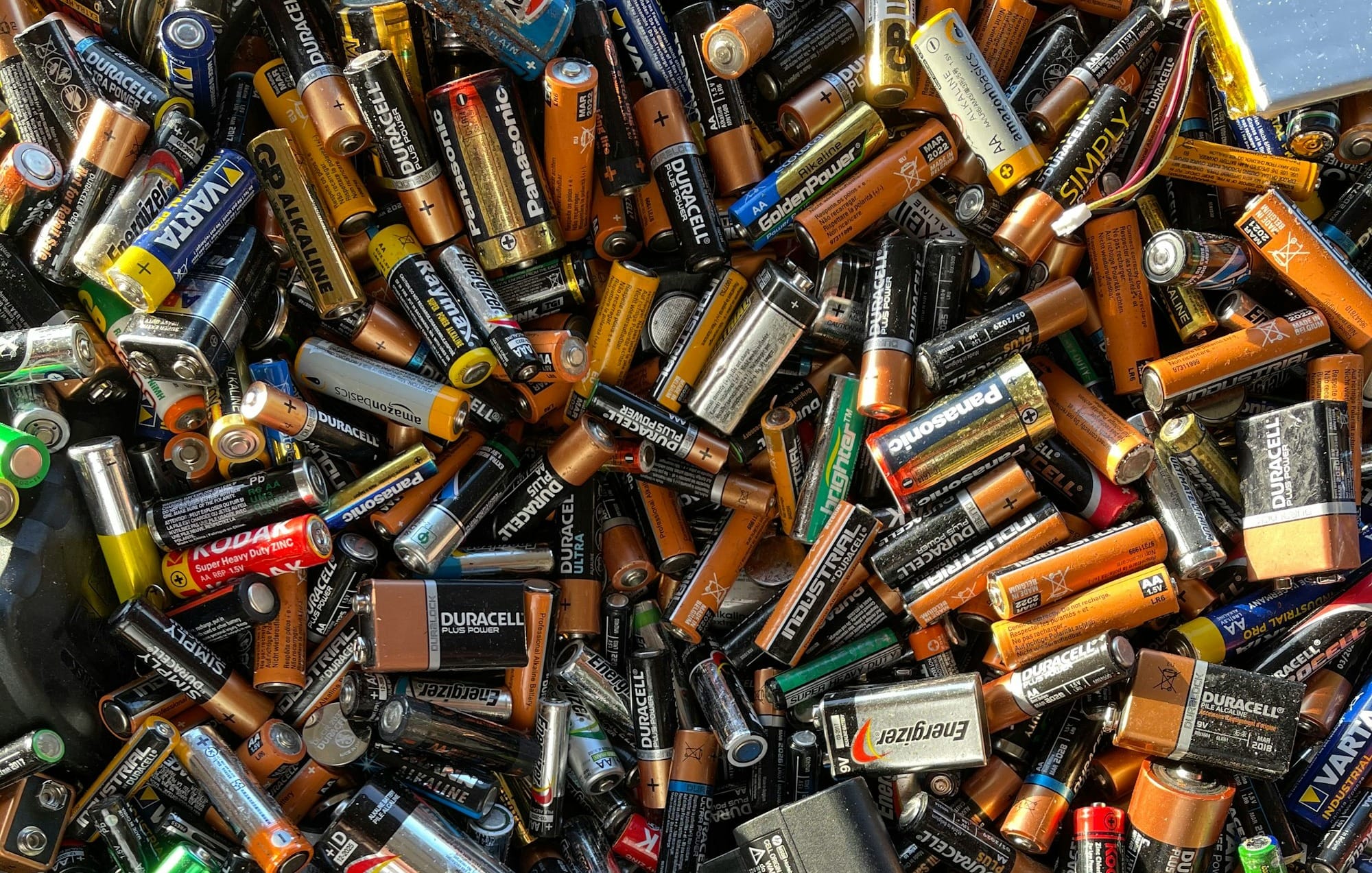
Couldn’t We All Use More Storage?
Where are we going to put all that clean power from variable renewables like solar and wind? The world of batteries is already ramping up.
Where are we going to put all that clean power from variable renewables like solar and wind? The world of batteries is already ramping up.
Outline
"I'm not sure it's widely understood that we basically know how to decarbonize everything in the energy system now," Dave Roberts, the veteran clean energy journalist who spoke with us in 2022, once tweeted. Granted, some parts of the transition will be expensive, "but we know how to bring down costs over time. Jets, ships, steel, concrete – all known."
Key to this process is phasing out infrastructure that relies on fossil fuels to generate electricity—and scaling up renewables like solar and wind power. But, as we’ve noted here before, those tend to fluctuate: You need a way to capture the power of the afternoon sun so you can still turn on your lights and TV after dark.
This, in a word, is storage. Tellingly, in the last few years, battery storage has grown by an order of magnitude in a place that’s increasingly reliant on wind and solar: Texas. The Lone Star State already has more than 3,500 megawatts of battery electric storage, and may roughly triple that by the end of 2024.
And while the widely used lithium-ion battery is a case study of technology growing more compact and affordable, with prices plunging more than 90 percent over the last few decades, it’s not the only game in town.
As MIT Technology Review notes, one promising type is iron-air batteries that use "oxygen from ambient air in a reversible reaction that converts iron to rust." The startup Form Energy boasts its systems can store power for days, not hours, and has inked deals for delivery in Minnesota, Colorado, and Georgia.
Meanwhile, Rondo Energy’s heat battery stores power in refractory brick, so variable power from wind and solar can provide "the continuous high-temperature and low-cost heat that industry demands," PV Magazine reports, and “without the use of combustibles, critical minerals, toxics or liquids." Rondo just announced plans to build out what will be the world’s largest battery factory in Thailand.
All of this is encouraging news for anyone looking forward to an economy running on clean energy—which, as Roberts’ X thread observes, "would be the smart thing to do even if climate change didn't exist."
"We know where we need to go, we know how to get there, and we know it's going to be a massive economic & quality-of-life improvement… That's a very, very different story than the ‘shiver in the dark in order to save the polar bears’ narrative that for some reason *still* seems stuck in the popular imagination."
What's this got to do with you?
Much as we’re fans of the aforementioned polar bears, we’d argue working in climate is less about sacrifice than about building a better future. And whatever role you’d like to play in achieving that, we want to help you get there.
Terra.do's flagship Learning for Action fellowship is a 12-week course that readies you to apply your talents toward accelerating climate action. That might mean in your career—many of our alums take on new roles with more climate impact—or it could be something else, say, in your community.
The course is all remote and takes 5-10 hours a week; much of it can be done on your own schedule. Financial aid available. New cohorts launch regularly so apply soon!
More like this
So You're Ready to Step Up on Climate Action. Now What?
Folks ready to learn and do more about climate change have an array of options to get started. What are their respective pros and cons, and how does Terra.do stack up?
Our Next Cohort's Nickname Is the Manatees. Here's Why That's Special.
We've named each graduating class after animals at risk in our warming world, and we've just finished our first full lap through the alphabet.
Are Messages of Climate Doom More Harm than Good?
How We Go Beyond the Disempowering Headlines

 Background
Background


